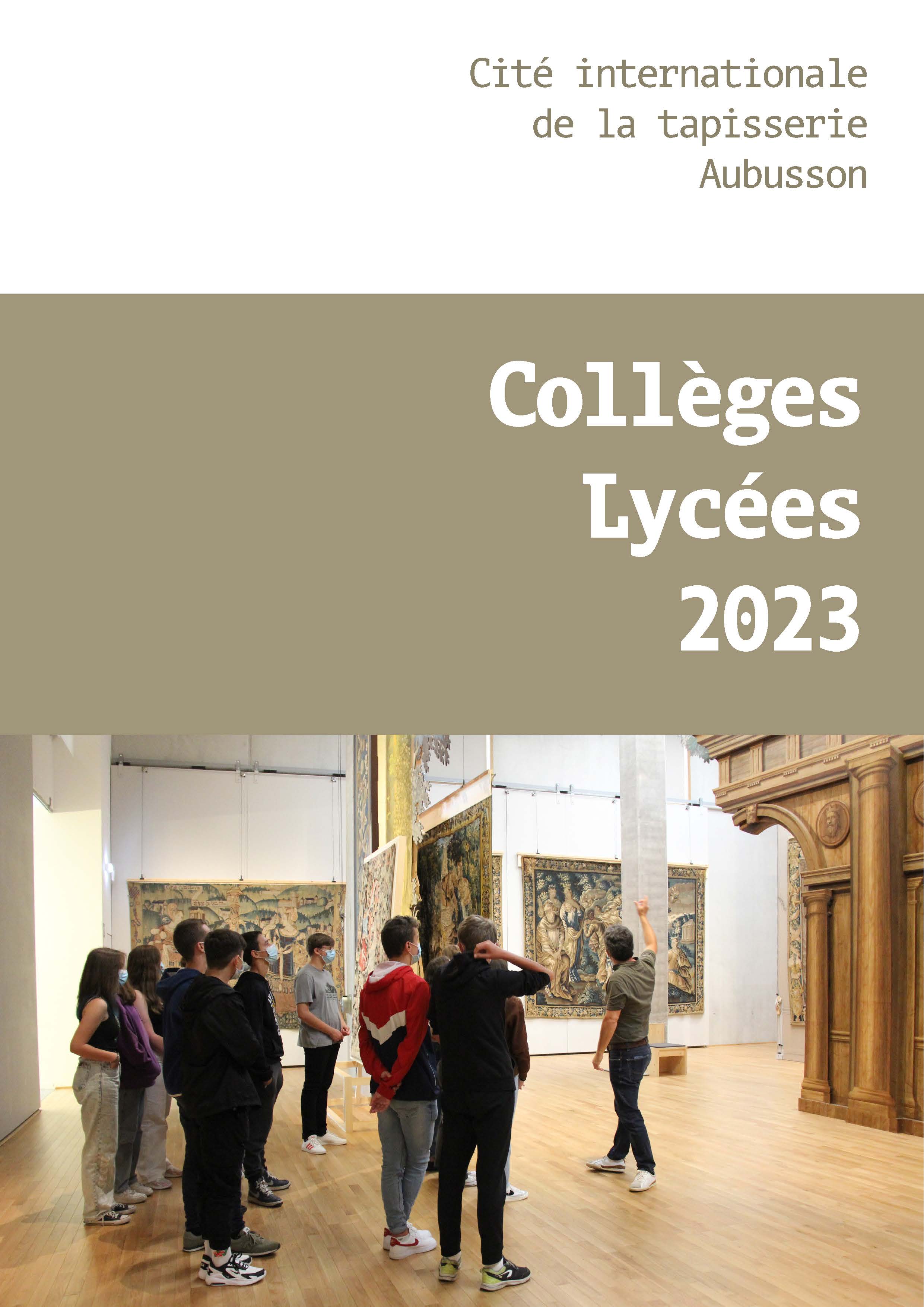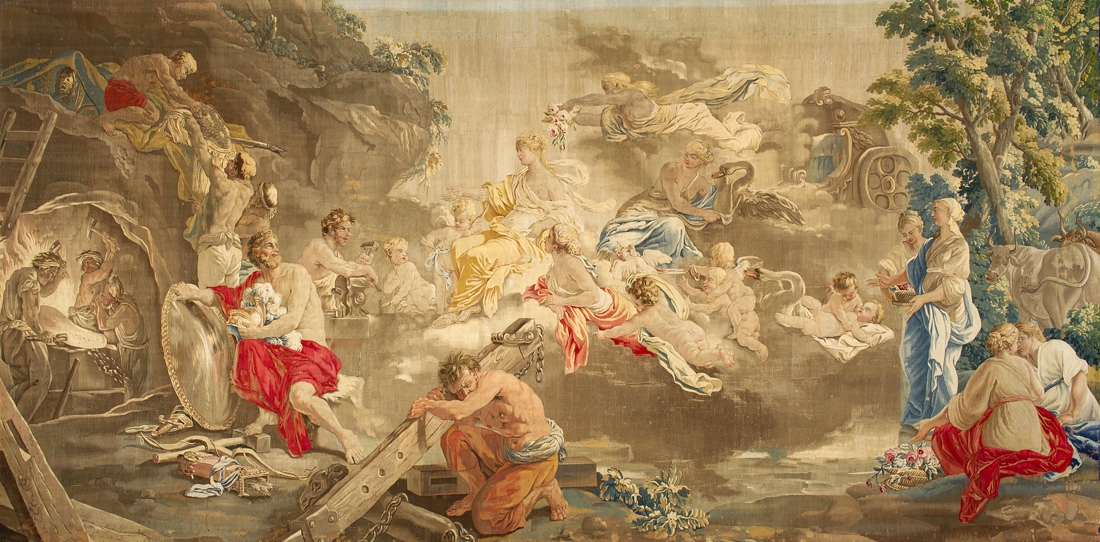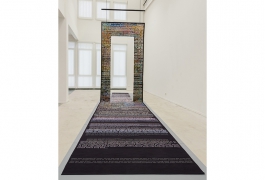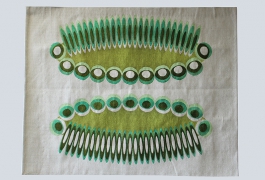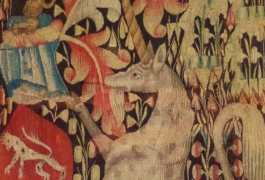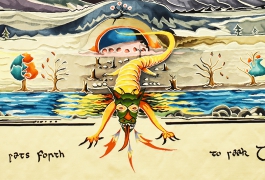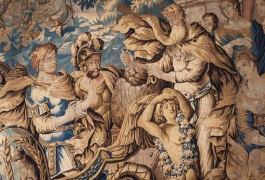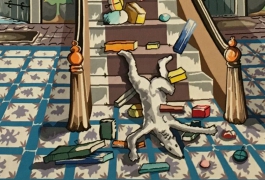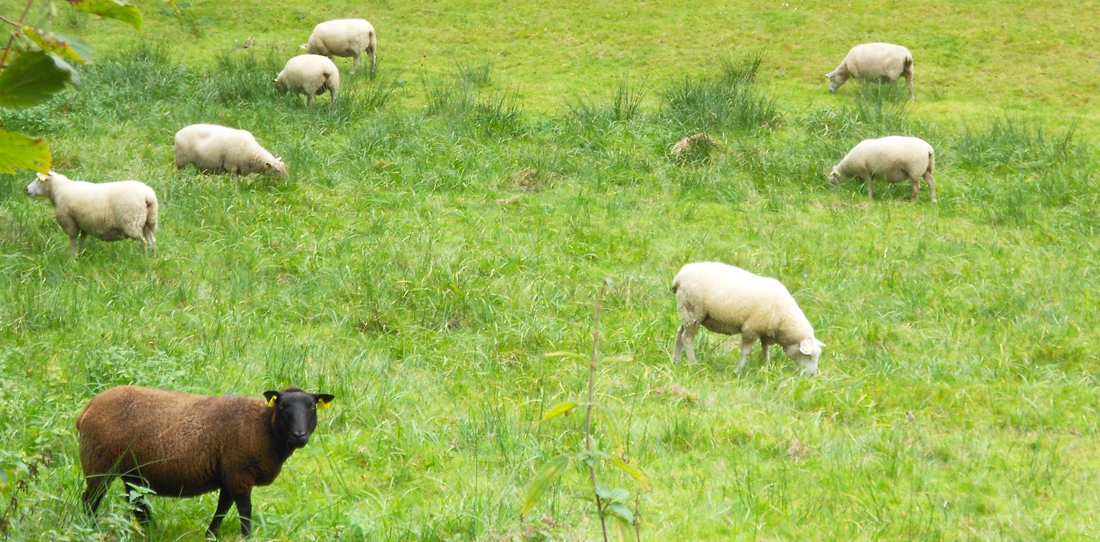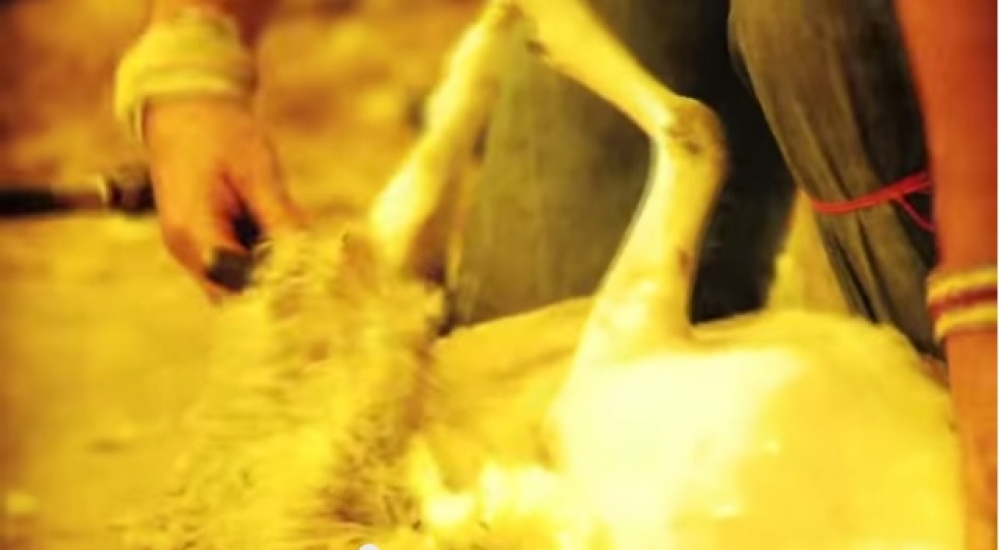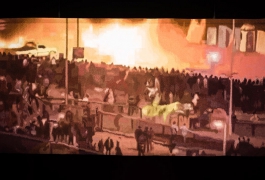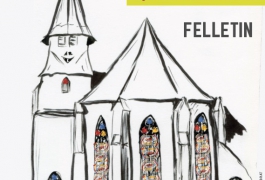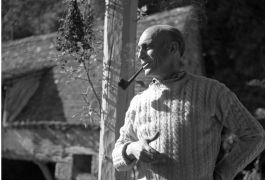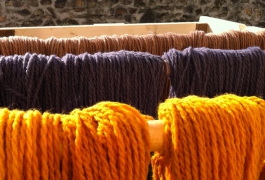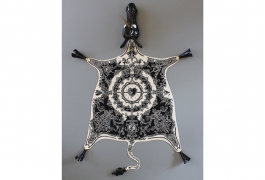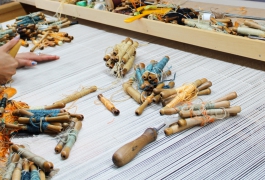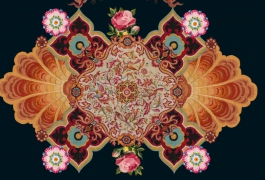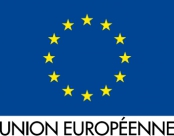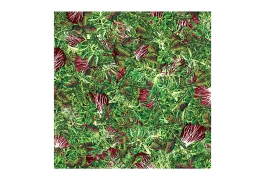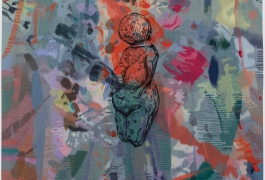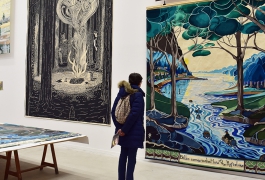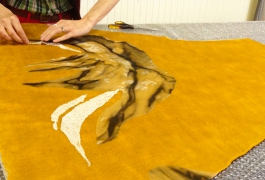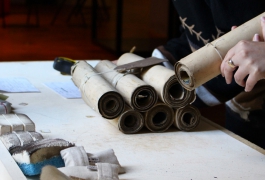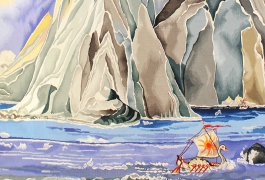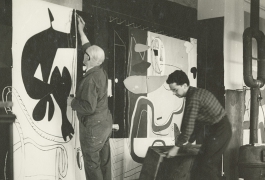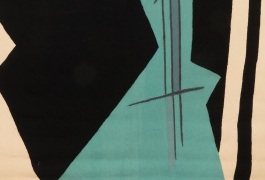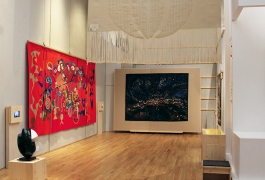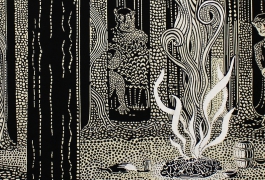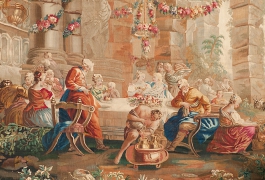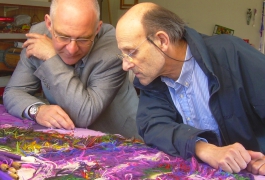Scolaires
L’équipe du Service des publics de la Cité de la tapisserie propose aux enseignants, de la maternelle à l'enseignement supérieur, aux responsables de groupes scolaires ou périscolaires, un programme complet d'activités adaptées à tous les niveaux et programmes scolaires.
Fermeture pour travaux à partir du 27 août 2024 jusqu'en janvier 2025. Reprise de l'accueil scolaire en février 2025.
Découvrez l'ensemble des activités proposées
Organisez votre visite à la Cité
Service des publics
Lauren Keller / service-educatif@cite-tapisserie.fr / 09 72 43 89 77
Réservations et accueil des groupes
Dorothée Toty / service-educatif@cite-tapisserie.fr / 05 55 66 66 66
Enseignant partenaire
Romain Bonnot - Enseignant en histoire-géographie, Lycée Eugène Jamot, Aubusson / romain.bonnot@cite-tapisserie.fr / service-educatif@cite-tapisserie.fr
Des possibilités d'accueil sur la journée
De façon à optimiser au mieux votre temps, la visite du musée peut être couplée avec un voire deux ateliers de votre choix. Ce qui permet de passer la matinée et une partie de l'après-midi à Aubusson. Pour maintenir une qualité d'accueil, le Service des publics vous invite à ne pas surcharger vos effectifs au-delà d'une classe.
Des possibilités de manger à Aubusson
Des accords peuvent être mis en place entre établissements scolaires pour que les élèves puissent manger au self d'Aubusson. Par ailleurs, sous réserve de maintenir les locaux très propres, des pique-niques peuvent être envisagés au sein du musée dans la salle d'activités pédagogiques ou dans le hall.
Tarifs des activités
Gratuité pour les établissements scolaires du département de la Creuse et les lycées de la Région Nouvelle-Aquitaine :
Gratuité des visites et ateliers (2 euros pour les ateliers Nénette et Rintintin, Dom Robert, Les alentours, Je tisse mon échantillon)
Pour les établissements scolaires hors du département et de la région :
35 euros pour la visite guidée de groupe (jusqu'à 20 personnes)
2 euros par élève pour les ateliers sans supports pédagogiques individuels, 5 euros par élève pour les ateliers avec supports pédagogiques individuels (livrets)
La Verdure fine aux armes du comte de Brühl
A reference collection
The missions of the Cité internationale de la tapisserie is to preserve, enrich and highlight this great craftsmanship. With a new cultural and scientific project, the Cité builds a reference collection to trace five centuries and a half of weavings in Aubusson.
A young, developing collection
The Departmental Museum of tapestry in Aubusson was created in 1981. Its collection is still young, like the museum's history. With its label « Musée de France », it belongs to the Departmental Council of Creuse.
The progressive development of a reference collection
The Cité de la tapisserie reasserts the original intention of building a reference collection offering a complete view of the production of tapestries in Aubusson from the XVth century to nowadays.
A few figures
440 tapestries and carpets, including 330 wall tapestries.
16,000 Graphic artworks from the collections of the museum and the National School of Decorative Art, and among them about 4,500 models and drawings
50 pieces of woven furniture
20 tools and weaving equipment
5,000 woven pieces, deposits of the National School of Decorative Art. Mainly samples, a few tapestries of medium size, made by trainees. These pieces draw the history of the institution since it was created in 1884, and show the evolution in weaving training.
600 pieces of Saracen embroidery, made by the students of the School for girls in the National School of Decorative Art between 1880 and 1918
Discover
A living material
“The history of wool is closely intertwined with tapestry history. Its multiple qualities, the matte finish and the depth of its color tones, its elasticity during the weaving process and the warmth of its aspect make it the ultimate noblest fiber” Louis-Marie Julien, cartoon painter (1904 – 1982)
Tapestry weaving is a matter of fibers, and first and foremost the wool, lagging, flexible, resistant and most of all particularly adapted to dyeing.
Wool comes from the sheep fleece. A large amount of races exists, each giving various qualities to the wool, in terms of length, resistance and fiber delicacy. The legal appellation for “wool” covers fibers coming from other animals as well, such as alpacas, llamas, camels, Angora rabbits, Kashmir and Angora goats (mohair wool). However, these specialized wools are produced in extremely limited quantities and are mostly used in addition to sheep wool.
To harvest the wool, the fleeces have to be shorn; in the past, using a pair of scissors called “forces” and nowadays, much quicker with an electric clipper. A fleece weights in average from 2 to 5 kg (from 4, 5 to 11 pounds approximately). A large amount of grease and impurities leaves the fleece in one piece. Before cleaning the wool, the fleece must be separated according to the different quality areas, more or less fine depending on their Location on the animal: This is known as the sorting step.
The wool quality is evaluated following five criteria: traction resistance, fibers delicacy, fibers length, “crimp” and color. This sorting produces different batches which are to be sent to the washing, which will process the wool destined, among other things, to be spun.
In Limousin, ovine breeding is a tradition, especially in the Millevaches regional natural Park. The Aubusson-Felletin textile environment and the breeding tradition lead many actors (elected representatives, associations, producers, etc.) to try and reposition the locally produced wool within Creuse's arts and textile industry. Even if the wool is still mainly imported from Australia and the Creusois ovine sector is mainly centered on meat production, more and more breeders are becoming aware of the wool potential of their exploitation.


